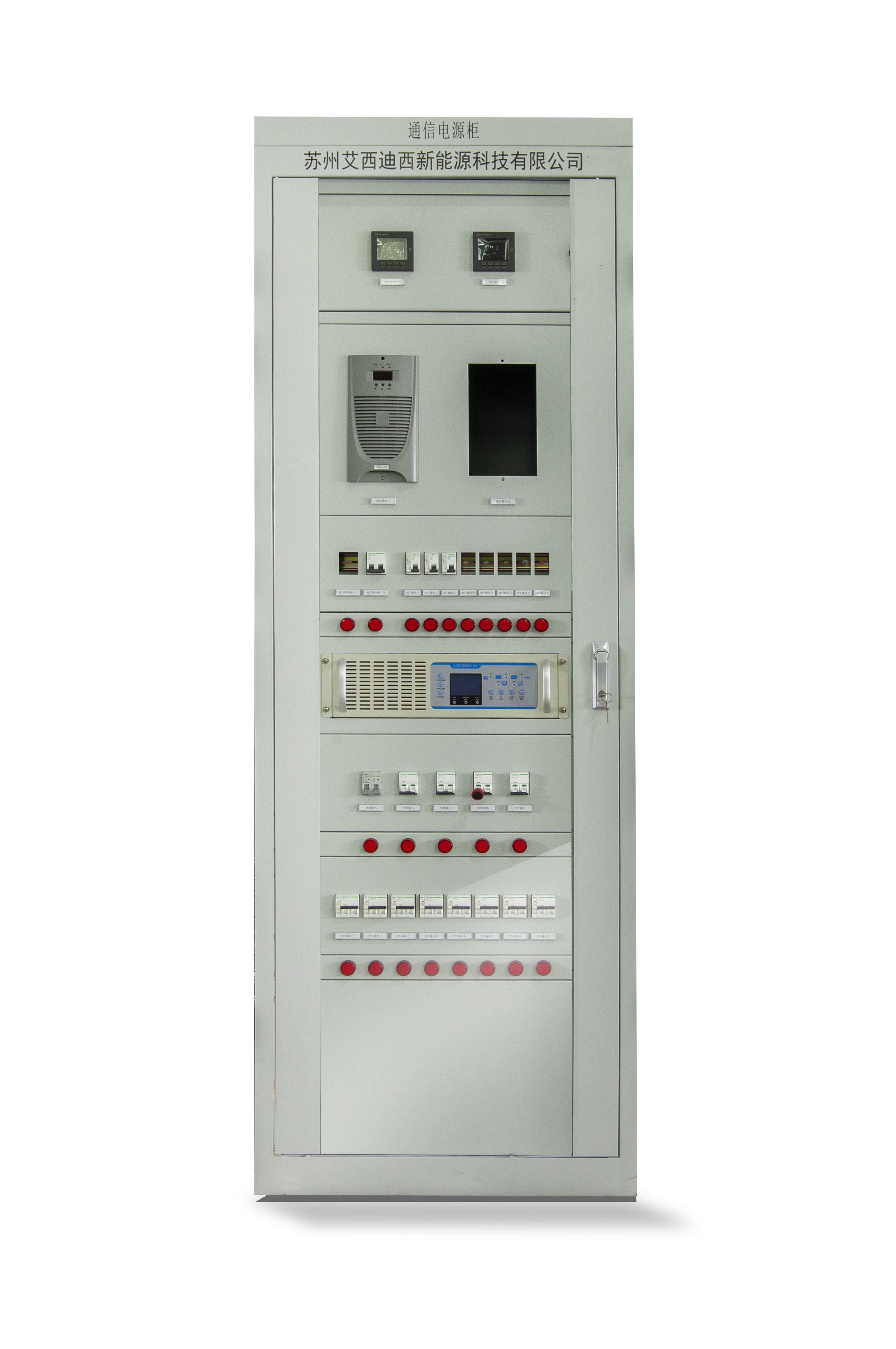
Jan . 11, 2024 16:44 Back to list
Distributed energy resources-energy storage
Distributed energy resources (DER) refers to often smaller generation units that are located on the consumer’s side of the meter.
Examples of distributed energy resources that can be installed include:
- roof top solar photovoltaic units
- wind generating units
- battery storage
- batteries in electric vehicles used to export power back to the grid
- combined heat and power units, or tri-generation units that also utilise waste heat to provide cooling
- biomass generators, which are fuelled with waste gas or industrial and agricultural by-products.
- open and closed cycle gas turbines
- reciprocating engines (diesel, oil)
- hydro and mini-hydro schemes
- fuel cells.
Many of these technologies are not exclusively found "behind the meter".
Distributed generation (also known as embedded or local generation) is the term used when electricity is generated from sources, often renewable energy sources, near the point of use instead of centralised generation sources from power plants.
Distributed Outdoor Energy Storage Cabinet Self-Cooling-EN-215
Benefits of distributed energy resources
Distributed energy resources have the potential to provide consumers with a range of benefits:
- Consumers who install DER units may be able to reduce the price they pay for electricity or may obtain improved reliability outcomes.
- DER may also help reduce the cost of power system augmentation, helping to reduce the overall cost of supply faced by consumers.
- Increased penetration of DER may also help reduce the overall emissions intensity of the NEM, by displacing other more emissions-intensive generation.
While DER provides a range of benefits, it also includes a range of relatively new and developing technologies. Power systems and networks need to adjust to the effects of these new technologies. It is important that these initial issues are recognised and addressed, in order to ensure that the benefits of DER can be fully realised.
The AEMC is addressing these issues through a number of processes. Generally, our approach seeks to promote the development of DER where it represents the most efficient and lowest cost solution to meeting community demand for electricity services. We are also seeking to identify how the full value of distributed generation can be recognised and captured across the market supply chain.
-
Advanced AI Energy Management with GPT-4 Turbo
NewsAug.02,2025
-
AI-Powered EMS with GPT-4-Turbo | Efficiency Boost
NewsAug.01,2025
-
Optimized Storage System for GPT-4-Turbo | High Performance
NewsJul.31,2025
-
AI Energy Management System w/ GPT-4 Turbo Efficiency
NewsJul.31,2025
-
High-Performance Energy Storage System for Reliable Power Solutions
NewsJul.30,2025
-
Advanced EMS Solutions for Energy Management System & Storage Battery Companies
NewsJul.29,2025
























